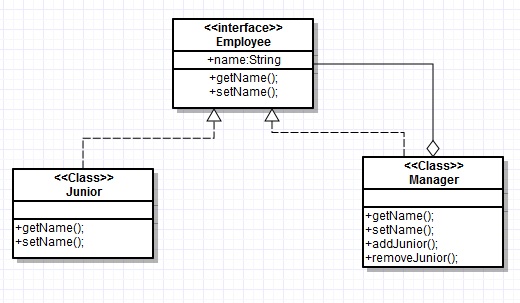Open closed principle is an important rule in software design, which we need to follow when designing a software system. It states “A Software code should be open for extension but closed for modification”.
What does that mean? Let’s take a very simple example from day to day life. We all use TV remotes. Say, we have created a very simple software code for remote operations like on/ off, vol increase/ decrease, channel change etc. Now what should be my design considerations
1. Any one should be able to extend the code to add new functionality, for example, for advanced TV’s one should be able to add functionality for subtitle language selection, operator specific options etc.
2. At the same time I need to make sure that no one should be able to alter existing core functionality like vol increase/ decrease, so that it does not break down the functions which are working fine perfectly.
Point 1 is what we say open for extension and point 2 states closed for modification principle. The open/ closed principle helps maintainability of code perfectly, by making sure we do not break what is working fine with flexibility of adding new features at the same time.



